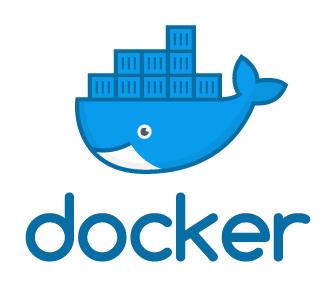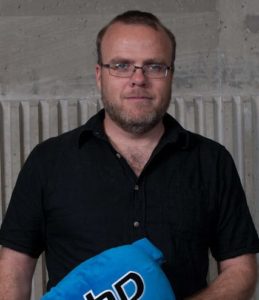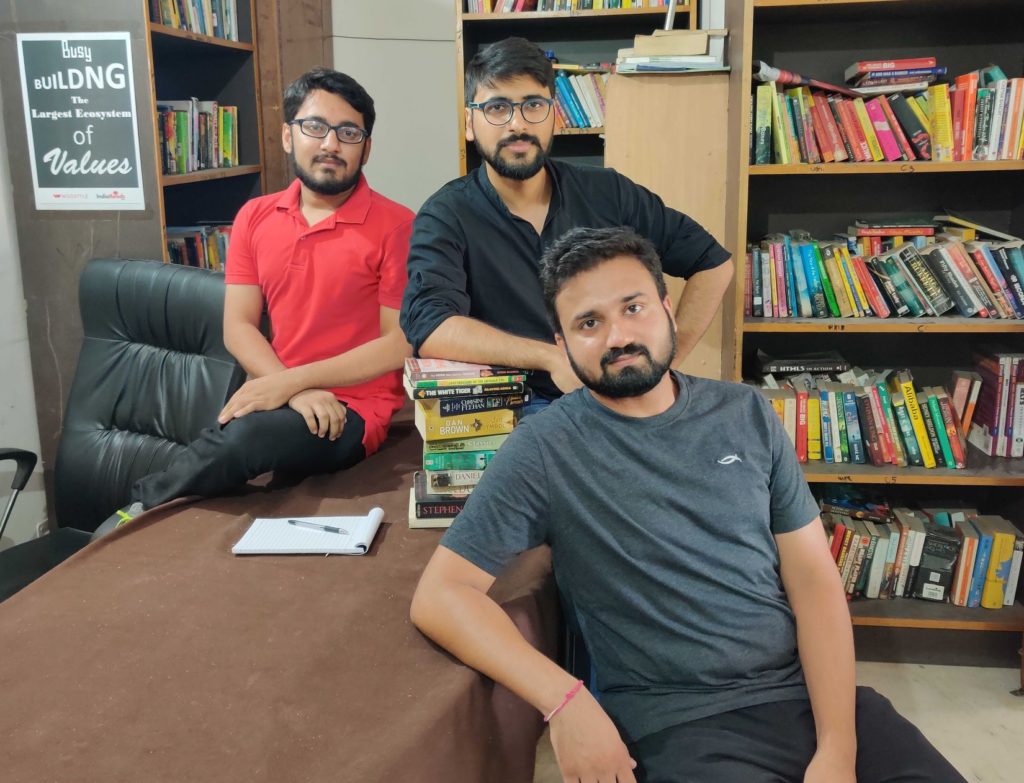Sanjeev Bikhchandani : The Man who Gave Hope to New India with Naukri.com
India is pioneering in the business world not recently but from a long good time. Maybe the number of successful Indian start-ups has increased in recent times, but our country has many influential businessmen who have been changing the economic status of our country from time bygone. Employment is one of the key ways to improve the economic status of a nation and delving deeper into this mission, Sanjeev Bikhchandani founded Naukri.com in 1997. Naukri.com is an online job portal under Info Edge, which was also founded by this very person.
Bikhchandani came up from an economically “not-so-stable” family. So, because the circumstances of his upbringing, he had the vision to build something big for himself from a very young age.
No Business Background

It is a common perception in India that the People from Sindhi descent always belong to a lavish business background, but there are exceptions in every situation. Bikhchandani is also an exception when it comes to his family background, as he was raised by a government-employed father and a housewife mother. His father was a government doctor, but life was definitely not a bed of roses for Bikhchandani, as he grew up in a government colony with a middle-class lifestyle.
Born in 1963, he completed his schooling from St. Columbus’s School, Delhi in 1981 and pursued a bachelor’s degree in economics from St. Stephen’s College, Delhi. After he graduated in 1984, he went to IIM Ahmedabad to complete his MBA.
Bikhchandani was impressed and fascinated by the entrepreneurial side of the professional world, and hence, he decided to create his own business after getting a taste of corporate life.
Stepping into the Work-life
Before joining IIM Ahmedabad, he worked as an Account Executive at Lintas for three years. After post graduating with a Diploma in Management and Entrepreneurship, he started working for HMM Hindustan MilkFood Manufacturers), now known as GlaxoSmithKline. He worked there as a Product Executive and controlled the marketing of Horlicks.
While working at the company, Bikhchandani was paid Rs. 8000 per month, which was not at all an unsatisfactory amount in that period of time. But, he eventually got sick of the monotonous life given that he had bigger things on his mind from a very young age. Bikhchandani quit the job in 1990, and the next phase was definitely very difficult for him.
Starting the Entrepreneurial Journey
Since Bikhchandani was prepared for a long time to start his own business, he knew life was going to be rough. He is grateful to his wife for being supportive of him as after Bikhchandani left his job, the family completed relied on his wife. His wife, Surbhi, worked at Nestle, and this young couple was totally fine with the idea of being dependable, as they knew what it is going to take to become successful, and kudos they did it!
Bikhchandani founded two companies, Landmark and Info Edge in 1990, with another business partner. The former company dealt with the database of trademarks, while the latter dealt with salary surveys. After three years, with both the companies and a partner, they decided to split with each one getting to keep one company. So, in late 1993, Bikhchandani settled with Info Edge and started everything from scratch.
Founding Naukri.com
Since Bikhchandani needed to make a fresh start, he kept his expenses low for the next four years. The idea of Naukri.com burst in his mind after he attended an event of IT Asia Exhibition in Delhi. He planned to create a website and start executing what he had in his mind.
Since the internet just arrived in India then, all servers were US-based. It was not possible for him to create a website, and thus, he called up his brother, who was a professor in the US and hired a server. Bikhchandani also took capital from his brother to start the business, and that is how he founded Naukri.com. He provided his father with a 5% stake in the company.
The company was all about resumes, jobs and recruitment consultants, that lured both the unemployed and the employed in search of better jobs. Within a couple of years, Naukri.com made around INR 22 lakhs and gave 15% stake of the company to ICICI Ventures for INR 7.3 crores.The company was all about resumes, jobs and recruitment consultants, that lured both the unemployed and the employed in search of better jobs. Within a couple of years, Naukri.com made around INR 22 lakhs and gave 15% stake of the company to ICICI Ventures for INR 7.3 crores.
This was the turning point of the business, after which, the growth curve was never disappointing. In 2004, the company made Rs INR crores, and in 2006, it became country’s first Dot Com Company to make its place in the list of Bombay & National Stock Exchanges.
Apart from Naukri.com
The parent company of Naukri.com is Info Edge which also established Shiksha.com, Jeevansathi.com, 99acres.com, Quadrangle and many other websites as well. Bikhchandani’s Info Edge also holds stakes in Zomato, Meritnation, Policybazaar, Happilyunmarried, etc. Bikhchandani is also the recipient of the award Ernst and Young- Entrepreneur of the Year 2008.

Annasha Dey is an NIT student, who apart from studying engineering is also a content writer. She has a great interest in photography, writing, reading novels, and travelling as well. She is a foodie who loves socializing and hanging out with her friends. She is also a trained Kathak dancer and a big fashion enthusiast. Dey also loves watching TV series, which includes F.R.I.E.N.D.S. and Big Bang Theory. To be a better writer she prefers to read more











